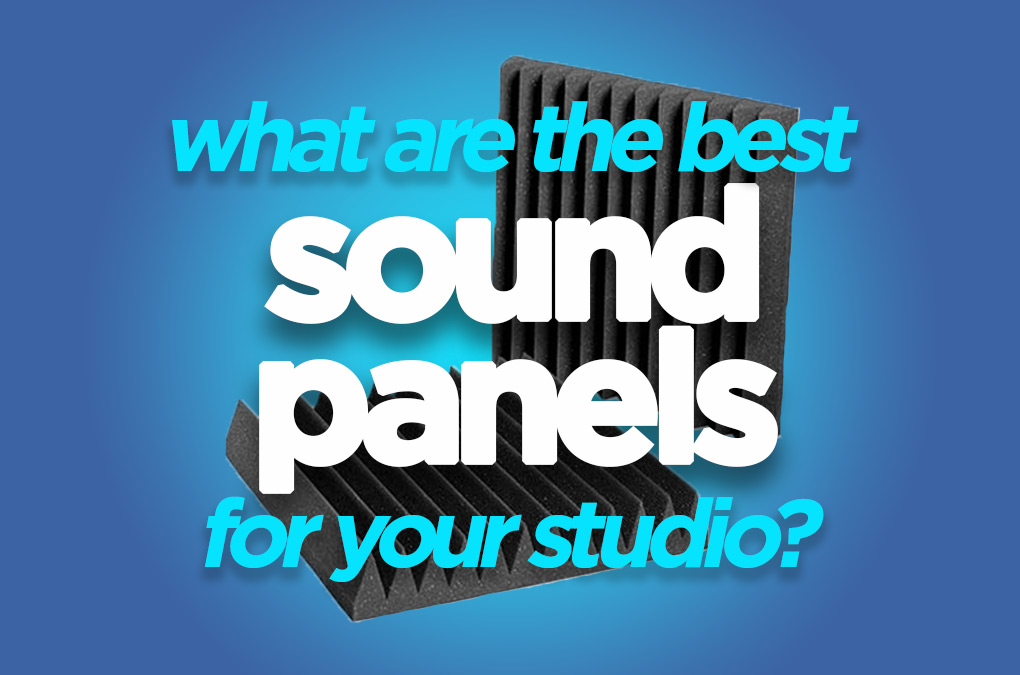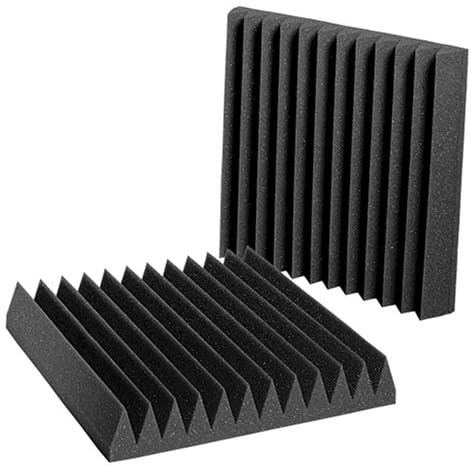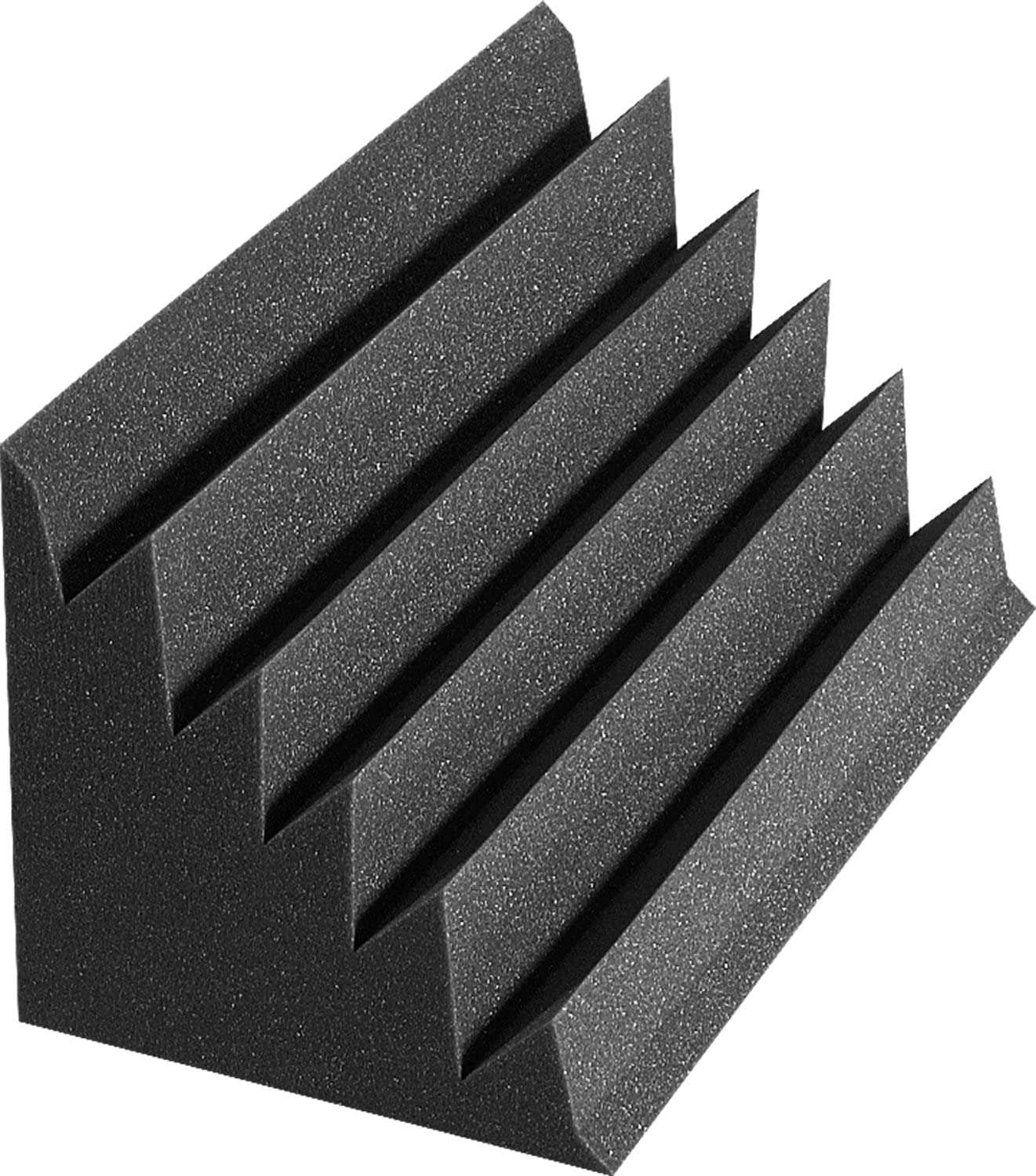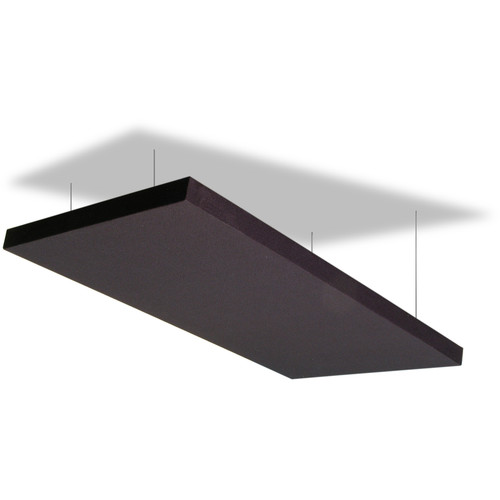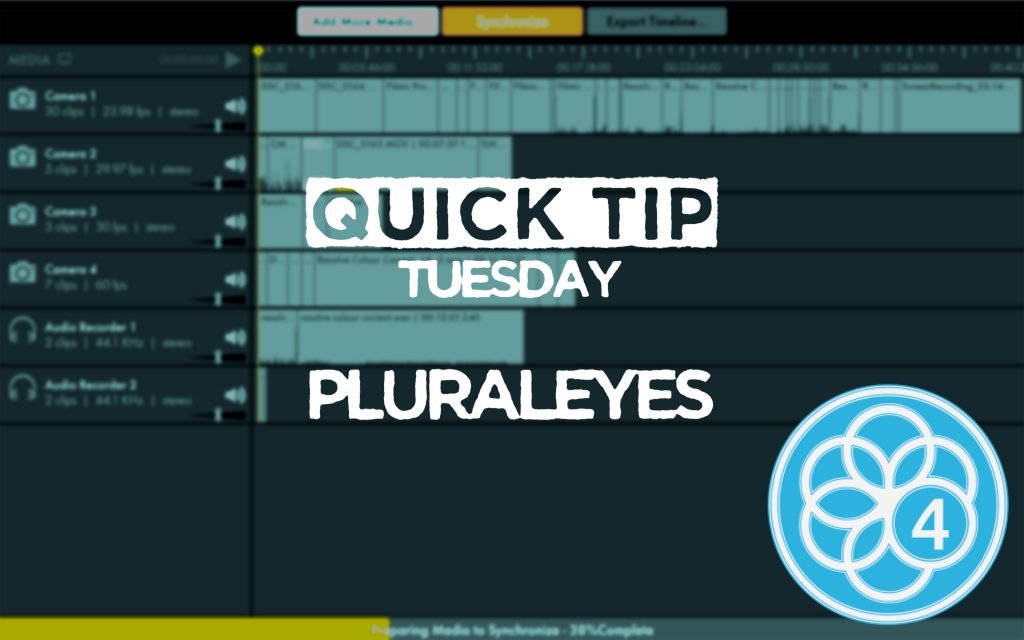There Are a Few Different Types of Sound Reducing Panels and Getting the Right Ones Can Have a Big Impact for a Video Studio Recording
You’re looking at investing in a video recording studio either in your home somewhere or your office for your company and you need to reduce sound reverb and improve the sound quality of your recordings.
But which sound panels should you get (or even make)?
Well, having put several studios together and used various types of sound panels (including making my own) over the years, I’ll give you a rundown of the different types of panel and which are most applicable to your setup.
How do I know what I’m talking about? Head to the DigiProTips Experience and Background page to find out how I’ve built up my knowledge over a career spanning feature film, broadcast TV and digital content production.
Sound Proofing Vs Sound Absorption
Before we get onto the different types of sound panel for your video recording studio you need to know the difference between sound proofing and sound absorption.
The reason is because the material properties that comprise each product are different and serve different purposes.
When recording audio you want the least amount of reverb in your recording as possible. Now, a lot of this will be down to your mic choice but a significant portion is also your recording environment.
Reverb is caused by sound waves, of all frequencies, bouncing off surfaces and entering your mic. The speed difference between your voice entering the mic and the sound waves of your voice bouncing off the wall, for example, and then entering the mic results in reverb.
To reduce reverb you need to reduce the possibility of sound reflecting from surfaces in your recording environment.
To do this you need materials with sound absorption properties.
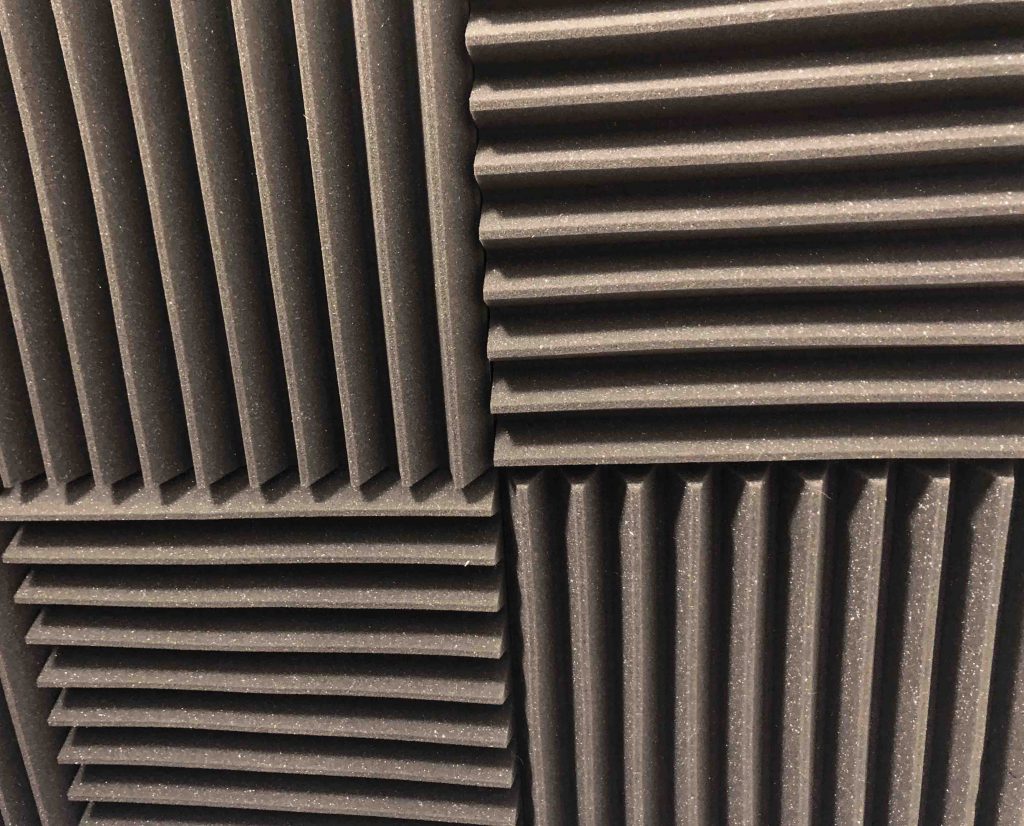
Sound proofing is when you want to reduce external sounds coming into your recording environment or to stop internal sounds being heard outside of your recording environment.
Frequencies
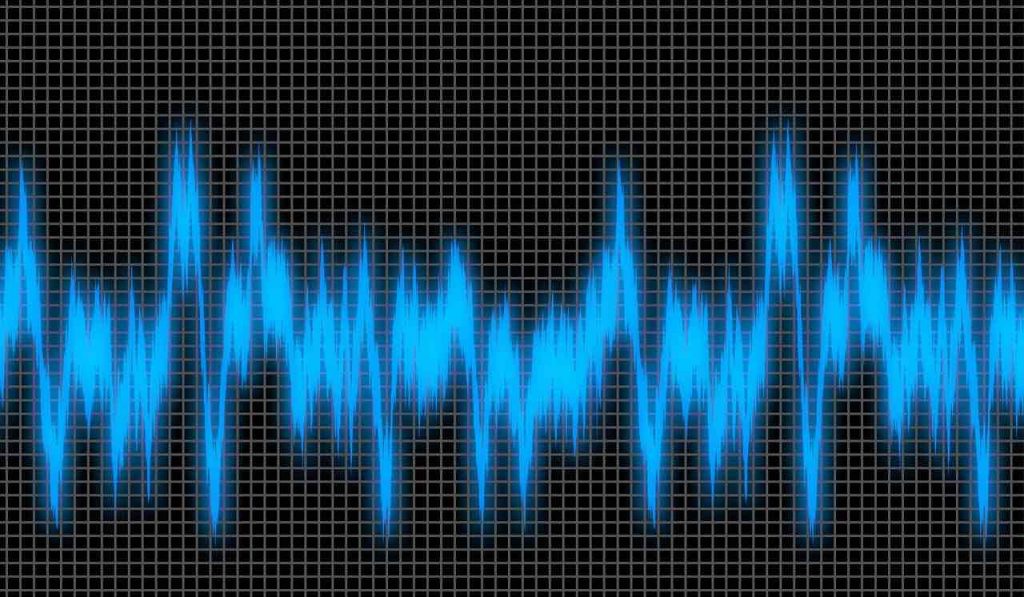
Not all sound is created equally.
What do I mean? Well, things that make sound do so at different frequencies that are audible (and sometimes inaudible).
The same goes for human beings. Generally the human voice sits within a certain frequency range, slightly lower for males and higher for females. But if your recording environment is large and empty the frequency of the human voice has further to travel and can be distorted across distances and surfaces, leaning towards more bass in the reverb.
If your recording environment is very small then the reverb could be quite ‘hot’, higher frequency reverb.
There are different types of sound panels for different types of frequencies.
So it’s important to analyse and note down where you think your issue areas are in your recording environment. You can then invest more heavily in those areas of sound absorption.
Types of Sound Reducing Panel for Video Recording Studios
Ok, now we know what we’re looking for in terms of material and frequency type, let’s look at the different types of sound panel that can address those areas.
DISCLAIMER: This post may contain affiliate links. We make a small commission if you buy the products from these links (at no extra cost to you). As an Amazon Associate, I earn from qualifying purchases. But we only recommend products we would use ourselves. For more information, click here to see our disclosures.
Acoustic Blankets
Really? I can just use a blanket?
Well, yes and no.
Blankets are incredibly useful for reducing reverb in your recording studio. Just hang them around the walls in your space and you will immediately notice a difference.
It’s important to get proper acoustic blankets though.
Material properties are the most important factor in sound absorption because some materials absorb sound waves better than others.
Acoustic blankets are made from materials that stop sound waves from passing through and a good majority from bouncing away.
They are a brilliant, cheap, solution to improve audio quality in smaller recording setups.
The below sound blanket is good to use in small Podcast style recordings and great to have in your kitbag for on-location recordings where sound is an issue:
Where acoustic blankets aren’t as useful is in more open environments such as on bigger sets and office meeting rooms that have been turned into recording studios.
At these scales the blankets can act as hard surfaces themselves and they will have a hard time absorbing some of the mid-lower end frequencies.
Acoustic/sound blankets start from about $50/£40.
Foam Sound Reducing Panels
Foam is an excellent absorber of sound.
Foam is made from very tightly packed pockets of air and sound doesn’t move easily through pockets of air and it doesn’t reflect from it well either, becoming trapped in those pockets.

This makes it an ideal material for stopping reverb from occurring in your recording studio.
There are two main types of foam panel. Mid frequency traps and bass traps.
Mid frequency traps are the type you see in most recording studios. They are ridged and square in shape. The ridges echo the frequency range that they help to absorb.
If you take bass traps for example, they are ridged but the ridges are deeper and spaced further apart. Much like bass sound waves.
The ideal set up is to use a combination of both.
Placing the mid frequency panels on flat wall surfaces and the bass traps in corners of rooms where bass frequencies tend to reflect most prevalently from.
There are many, many, different brands of foam sound panels out there to choose from.
In my experience, choosing panels that are not vacuum packed and come ready to fix to the wall have a better result.
Pay close attention to the small print and customer reviews to find out if they are vacuum packed.
A pack of 24 12″x12″ foam panels usually starts at around $130/£110 and you’ll want a couple of packs to get good coverage in your studio.
Bass traps are slightly more expensive due to serving a very specific purpose and a pack of 8 will cost around $500/£450.
Ceiling Acoustic Baffles
It’s all a bit baffling I know!
(I’ll get my coat.)
Acoustic baffles are sound panels for ceiling areas. They are usually used in large areas such as large studio sets and large open-plan offices.
They help hinder sound from travelling round a room by blocking their path from reflecting off the ceiling.
Ceiling acoustic baffles come in all shapes, sizes and colors, so that they can be incorporated into interior decor designs.
I’ve utilised a few over the years and the best for cost, and results, have been the plain and simple ones that you hang from the ceiling with ceiling hooks. You can even hang them yourself!
One of my go-to brands is Primacoustic. They produce a large range of ceiling acoustic baffles and they have a huge variety of densities and finishes.
Ceiling acoustic baffles are the dearest option for sound reducing panels but they provide brilliant results. A set of two baffles will set you back around $300/£280.
DIY Sound Reducing Panels
If you’re itching to get going with installing some sound panels to improve your audio quality but are put off by the price tag then there is the option of creating your own panels.
These can work just as well as bought panels but it will take your time, rather than money, to get them up in your studio.
To create sound panels that will be of a sufficient quality for video recording in your studio you will need to invest in a few materials.
These are:
⁃ upholstery foam
⁃ Acoustic molten fabric
⁃ 2×1 timber for framing
⁃ Staple gun
⁃ Ceiling hooks
To create you own panel you need to build a simple frame from the 2×1.
Cut your foam to the size of the inside of your frame.
Wrap your framed foam across the front side and enough to go round the back and staple on to the other side of the frame. This will hold the foam in place securely.
The foam acts as the main sound absorption material and the acoustic molten fabric softens the timber sound reflections whilst securely holding the foam in place.
All you need to do now is hang them from your video recording studio ceiling with the ceiling hooks.
Sound Reducing Panels for Video Recording – Solved!
So there you have it. You now know about the different types of sound panel you can use in your video recording studio and which of them will be most applicable to your setup.
Placing your panels will take some trial and error and testing is very important when it comes to placement.
Try various positions in your studio to find the best placement. The results may surprise you.
If you enjoyed this article and found it useful then let me know in the comments below what you would like to know more about in my next post.
For more sound tips when shooting, check out the top 5 tips to get better audio:
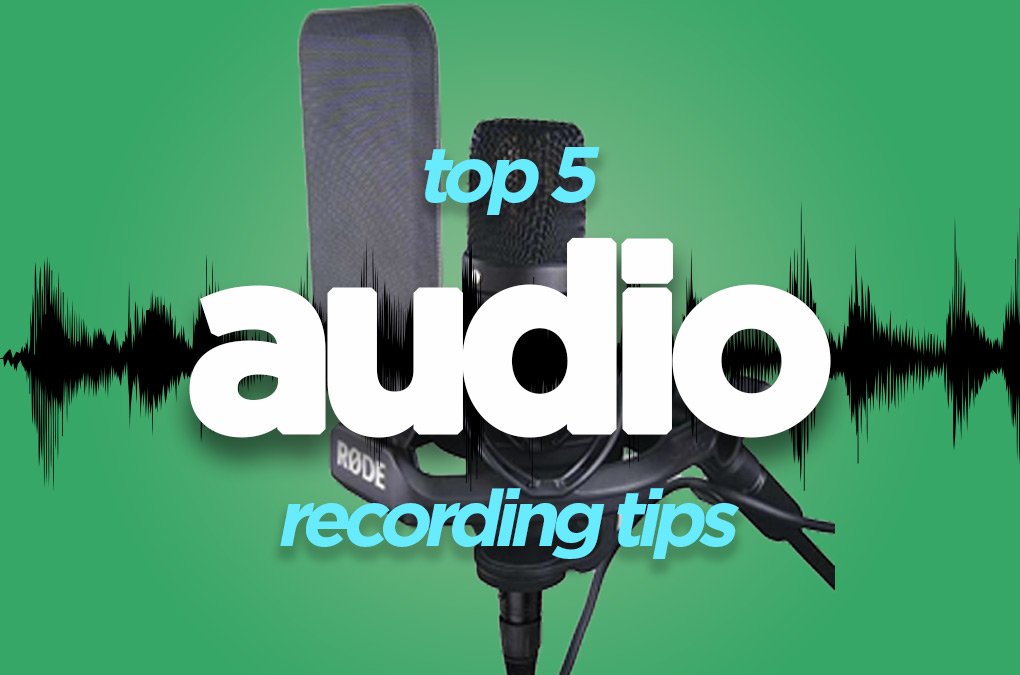
And for more studio setup tutorials, check out everything you need to start a podcast:
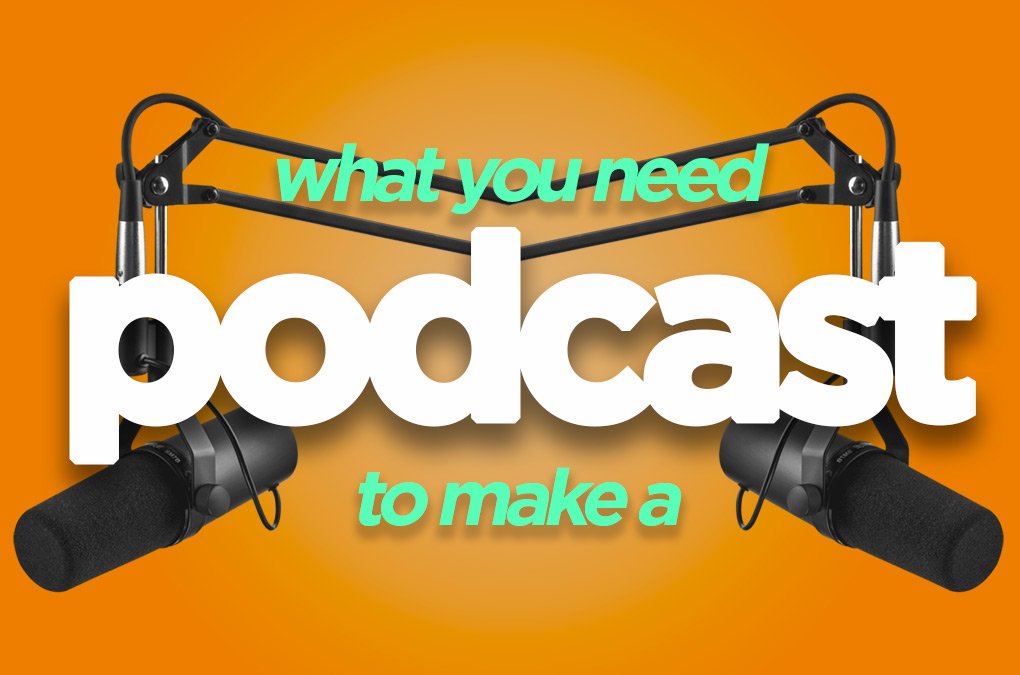
DigiProTips

